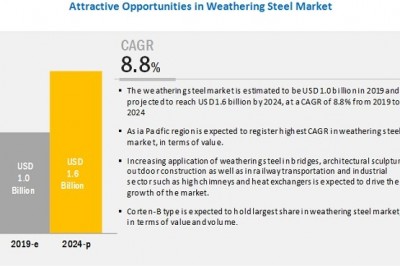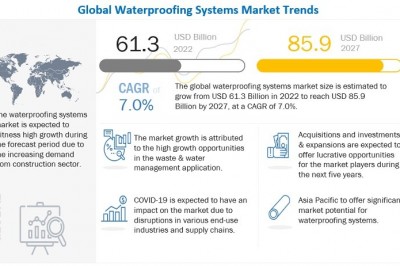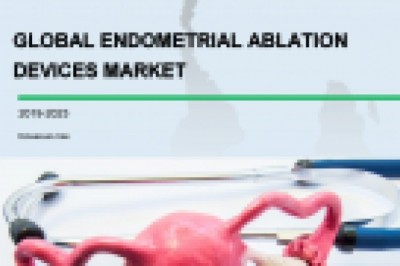The global hybrid composite market is expected to grow from USD 436 million in 2018 to USD 876 million by 2023, at a CAGR of 15.0% during the forecast period. The major drivers of the hybrid composites market are the balanced cost and performance characteristics offered by these composites. Hybrid composites are composite materials made from a combination of two or more different materials. These materials can be either natural or man-made. Hybrid composites are increasingly being used in a wide range of engineering applications, from aerospace and automotive components to medical implants.
Hybrid composites offer a combination of properties that are not available in any of the materials used to make them. They are strong, lightweight, and durable, making them ideal for many applications. The use of hybrid composites is growing in many industries such as aerospace, automotive, and biomedical, as they provide a great potential to reduce weight and cost. The demand for hybrid composites is expected to grow significantly in the coming years due to their excellent properties and potential applications. Furthermore, the use of hybrid composites is likely to expand in various industries beyond those mentioned above, such as renewable energy, marine, and consumer electronics.
Europe is estimated to account for the largest share of the market in 2018. The region is considered the most advanced region in terms of technology adoption and infrastructure development. Europe is home to some of the major automotive and aerospace & defense equipment manufacturers, which create demand for hybrid composites in the region. The wide presence of the key industry players offering hybrid composites for automotive & transportation and aerospace & defense is the main driving factor for the growth of the hybrid composites market.
The major hybrid composites manufacturers includes Royal DSM N.V. (Netherlands), SGL Group (Germany), Gurit (Switzerland), Hexcel Corporation (US), Teijin Limited (Japan), General Electric (US), Exel Composites (Finland), Innegra Technologies, LLC (US), Solvay (Belgium) and PlastiComp, Inc. (US). These players have adopted various growth strategies, such as mergers & acquisitions, expansions, and new product launches, to further expand their presence in the hybrid composites market. Merger & acquisitions and new product launches have been the most dominating strategies adopted by major players, from 2016 to 2018, which helped them innovate their offerings and broaden their customer base.
In line with the rising demand for hybrid composites, Exel Composites has been working to deliver high-quality hybrid composites to the automotive and other end-use industries. The company focuses on building long-term strategic partnerships with companies that are leaders in the hybrid composites market. This strategy has helped Exel Composites develop new solutions and market them faster. In May 2018, the company acquired Diversified Structural Composites (US), which manufactures hybrid composites using a combination of glass and carbon. The acquisition has helped Exel Composites strengthen its business in North America.
Royal DSM N.V. has secured a strong position in the European market. It is also establishing itself in North America and APAC and is now focusing on the Latin American market. DSM is a strong market player in the hybrid composites market. It has a strong focus on R&D and has, thus, developed a new thermoset hybrid composite. In October 2016, the company has developed a product named Dyneema Carbon hybrid composites. This development has helped the company maintain its market position and provide innovative products to its customers.































